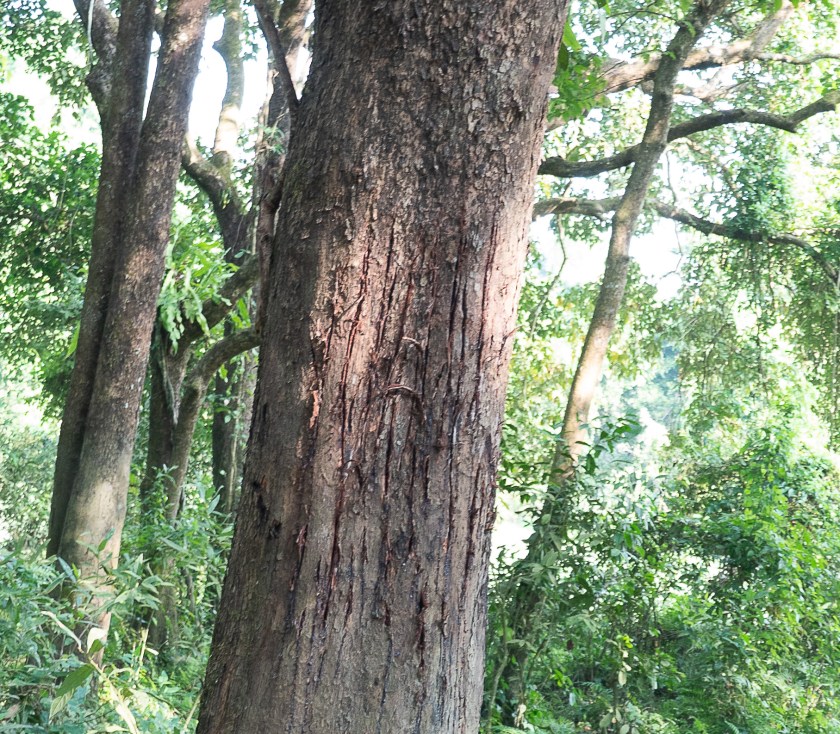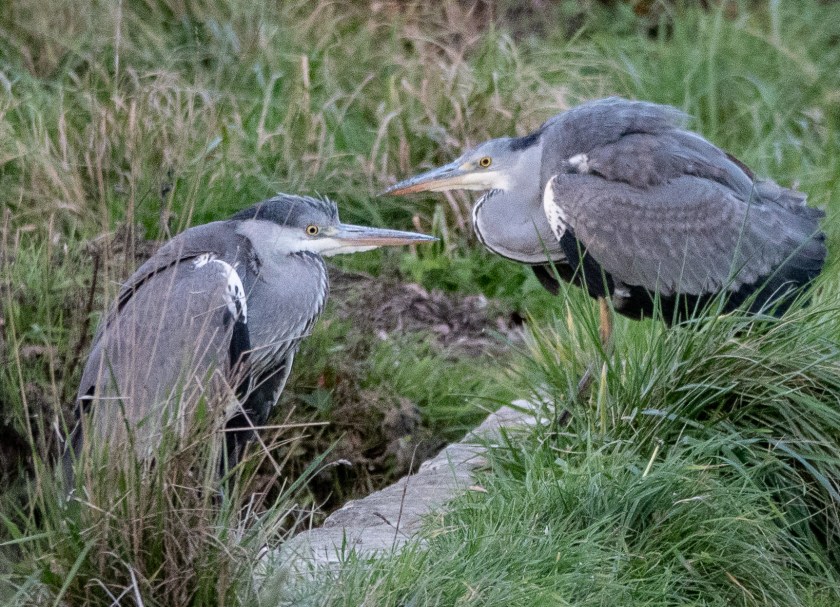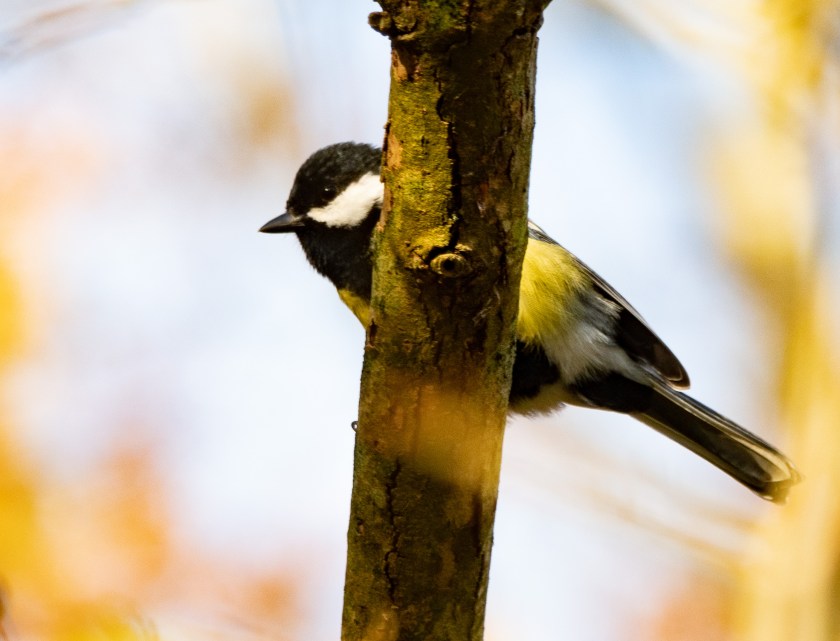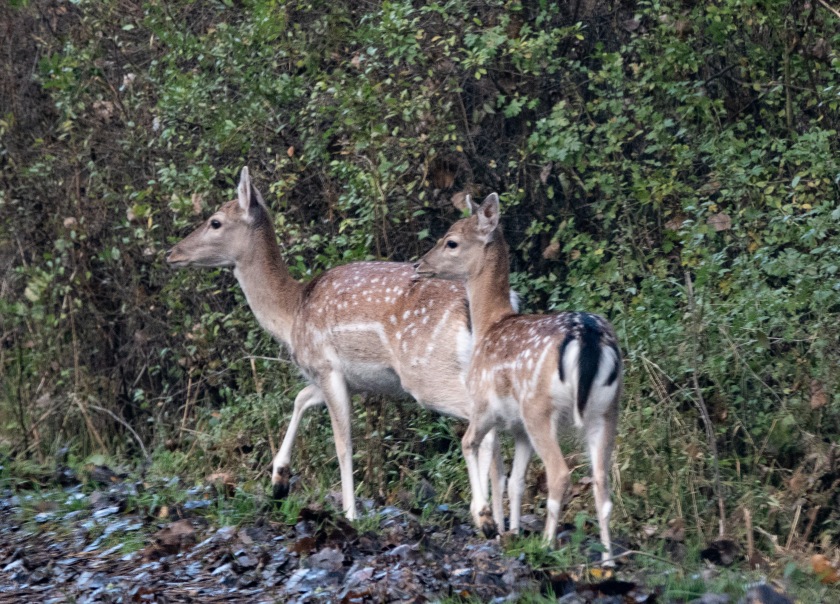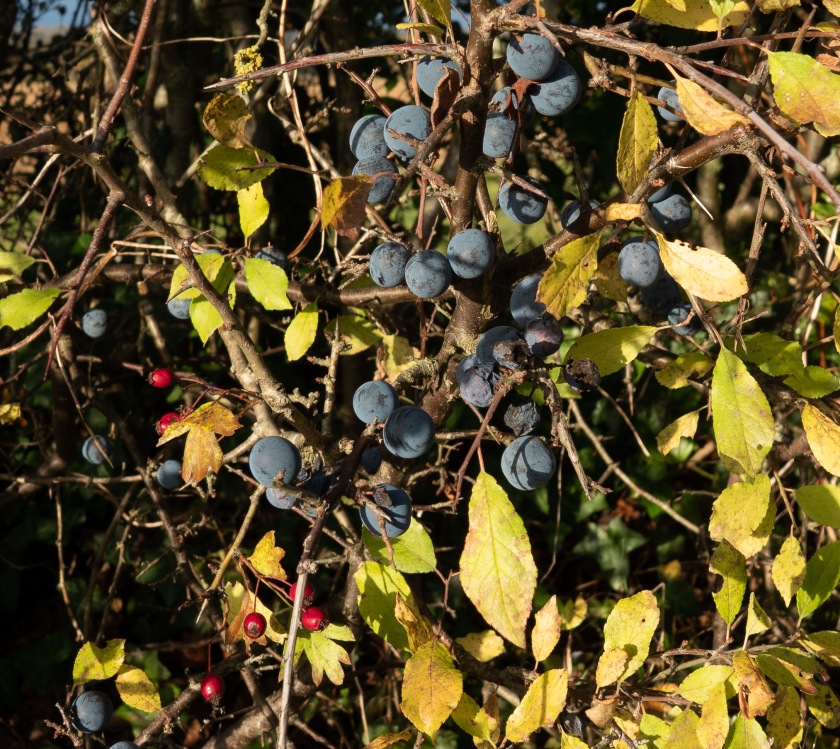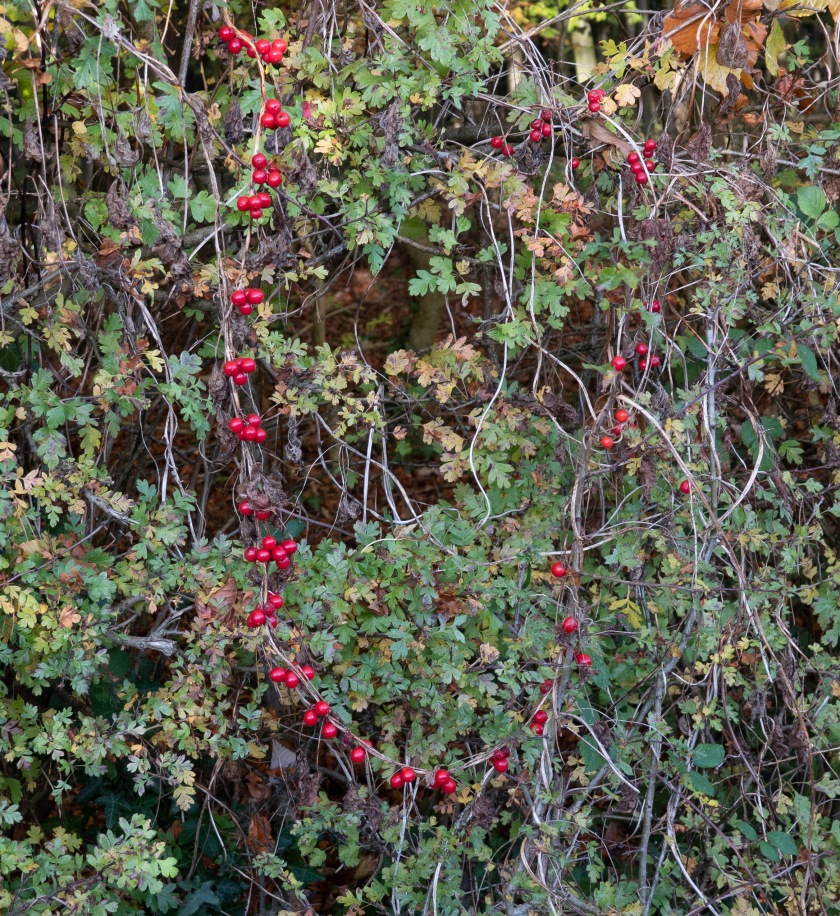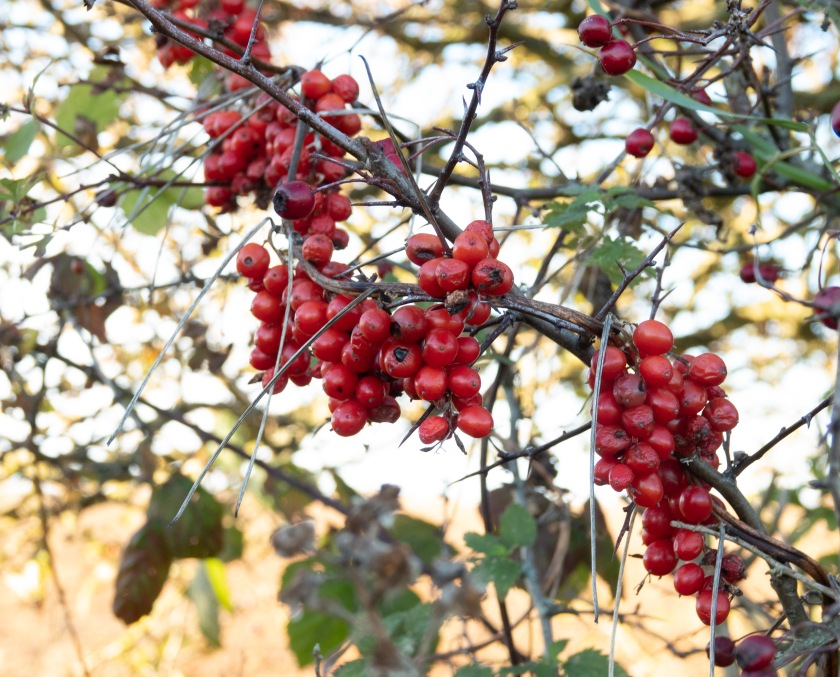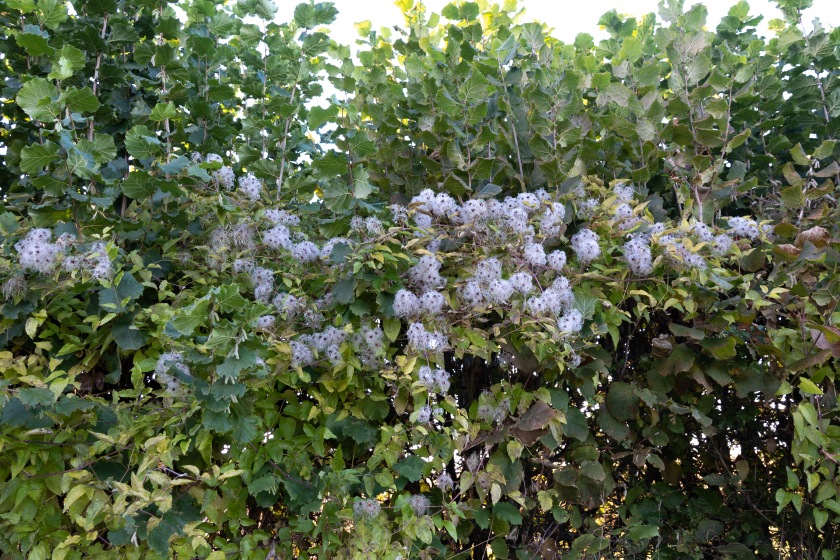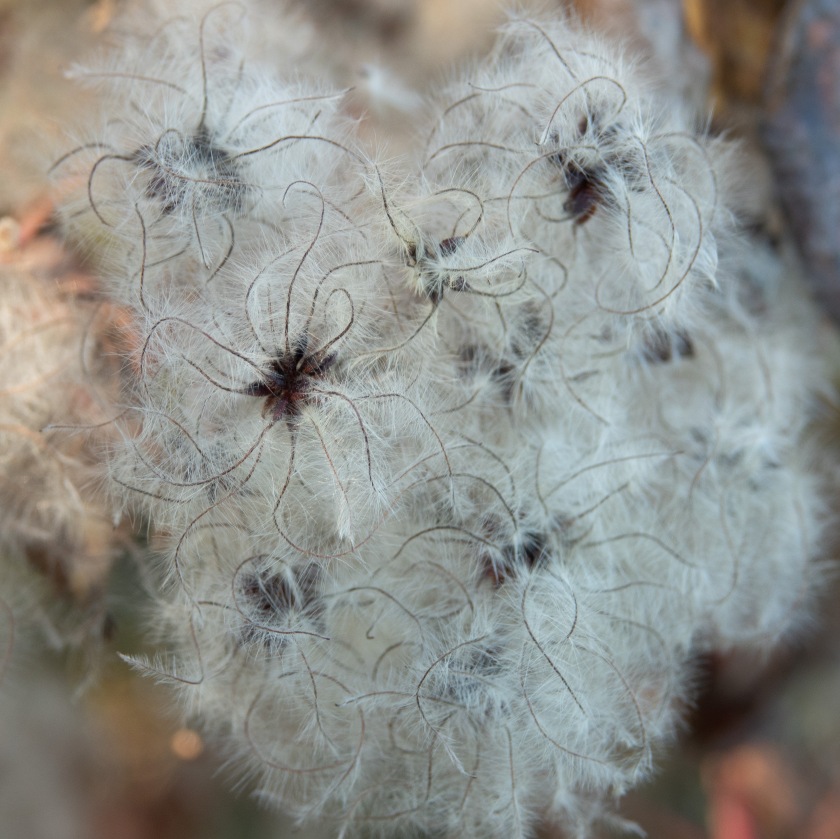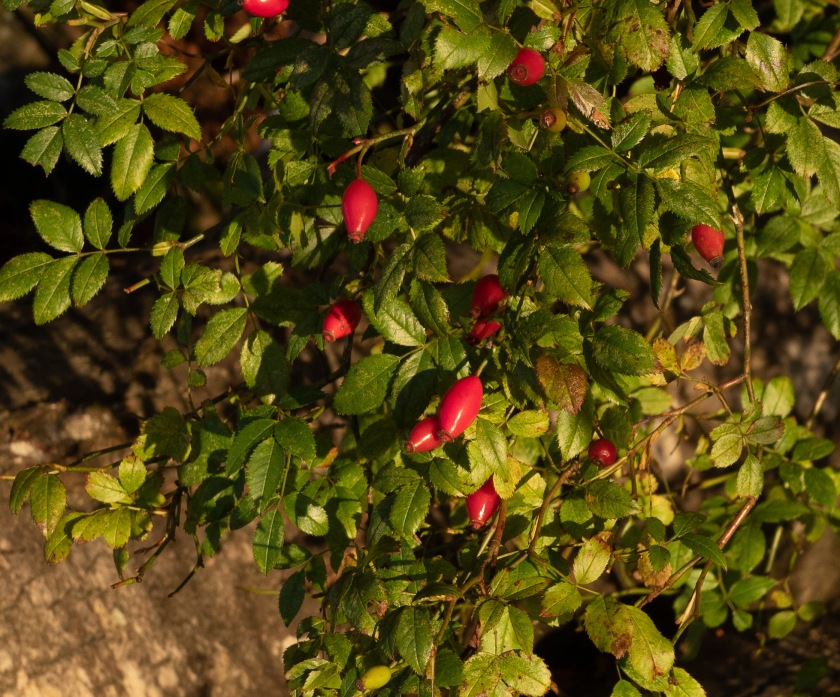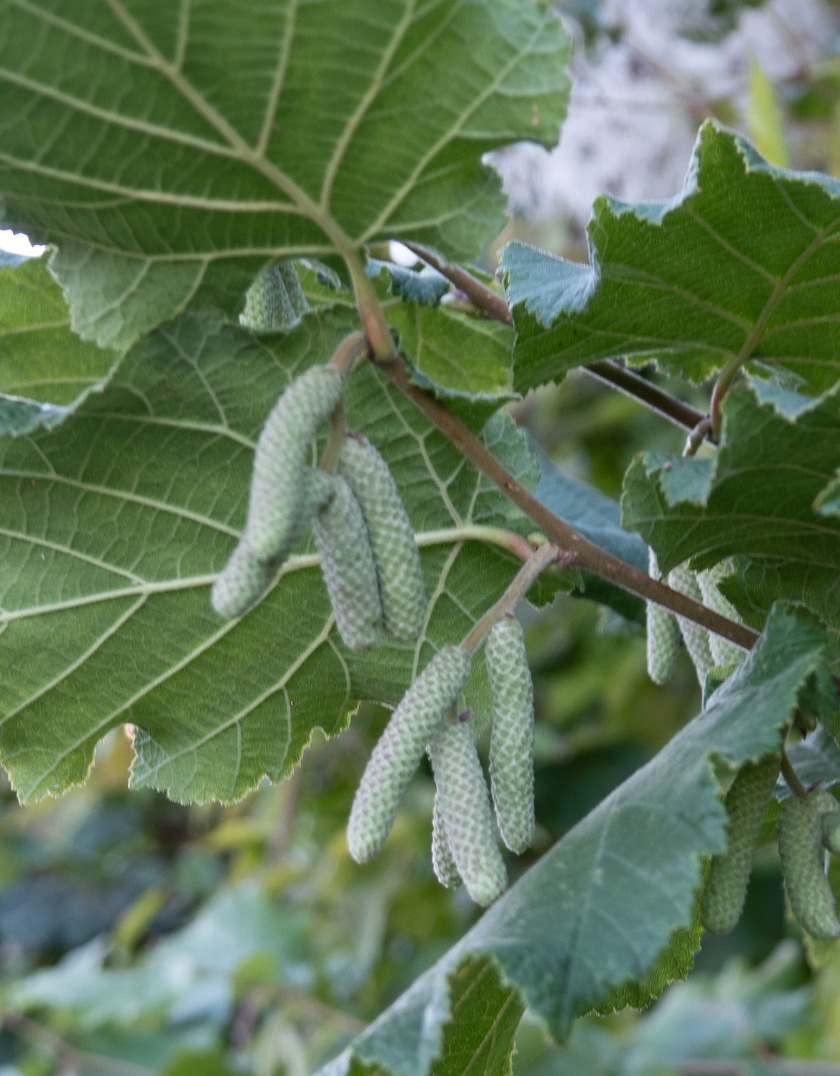As usual after a trip, I’m going to post things a bit at a time, and try to mix up mammals, birds, bugs, and reptiles. Today I shift from tigers to spiders.
Every now and then we would see the most enormous spiders suspended in their webs from the trees by the path. They were about the size of my palm, and the local guide called them Giant Wood Spiders, an accurate description. I am fairly sure they are actually the giant golden orb weaver, Nephila Pilipes.

The females are much larger than the males, and their undersides are spectacular:

If you look carefully, you can see the spinnerets at work, and notice that their webs shimmer gold when they catch the sunlight. Two enterprising artists, Simon Peers and Nicholas Godley, have collected vast quantities of Nephila silk in Madagascar and used it to weave a golden garment, exhibited at the V&A in London:

You can see a video about this extraordinary project here: http://www.vam.ac.uk/content/articles/g/golden-spider-silk/
In Chitwan we also saw a very tiny yellow spider, rapelling itself up towards the safety of a leaf.
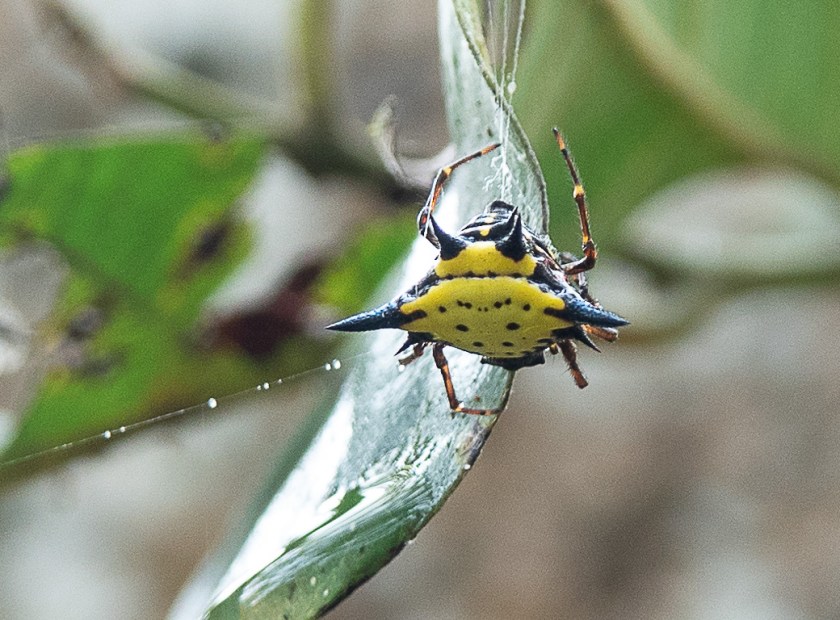
This small jewel is a female Hasselt’s spiny spider, Gasteracantha hasselti. Gasteracantha comes from the Greek for ‘stomach’, and for ‘spine’, a good description. Spiny spiders are found in Asia, Australia, and the Pacific.
PS: For L and E from Granny
The eensy weensy spider
Went up the water spout.
Down came the rain and
Washed the spider out.
Out came the sun and
Dried up all the rain.
And the eensy weensy spider
Went up the spout again.
 We went to three parks: Chitwan and Koshi Tappu in southern Nepal, and Kaziranga in Assam, India. Chitwan and Kaziranga have tigers, but they are rarely seen, especially at this time of year when the grass is green and as tall as an elephant’s eye (truly).
We went to three parks: Chitwan and Koshi Tappu in southern Nepal, and Kaziranga in Assam, India. Chitwan and Kaziranga have tigers, but they are rarely seen, especially at this time of year when the grass is green and as tall as an elephant’s eye (truly).

